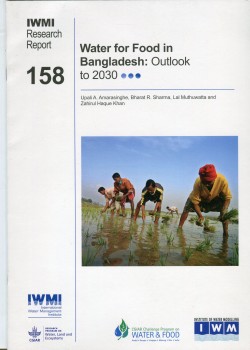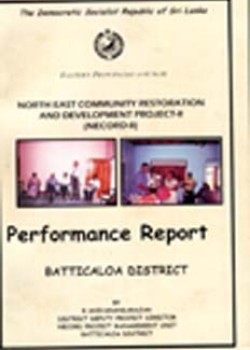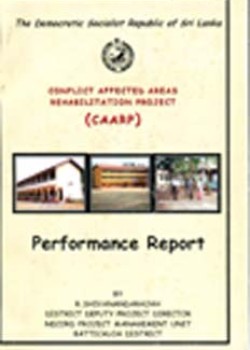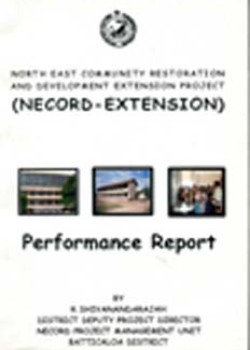
Water for Food in Bangladesh
Outlook to 2030
Author : Amarasinghe, U.A., Sharma, B.R., Muthuwatta, L. and Khan, Z.H.
Publisher: International Water Management Institute
Place of Publish: Sri Lanka, Colombo
Year: 2014
Page Numbers: 24
Series: Research Report 158
Acc. No: 4569
Class No: 338.1 AMA-SL
Category: Books & Reports
Subjects: Agriculture
Type of Resource: Monograph
Languages: English
ISBN: 978-92-9090-794-7
This study assesses the changing consumption patterns of rice in Bangladesh and its implication son water demand by 2030. Rice dominates food and water consumption patterns in the country; it contributed to 72% of the total calorie supply from food, and 81% and 79% of the total cropped and irrigated area, respectively, in 2010. Forecasts using time series models show rice demand for food consumption, which was 172 kg/person/year in 2008, will have a negligible increase by2 kg/person by 2030. The demand for rice for feed will double with increasing animal products in the diet, which is only 4% of the calorie intake in 2008. Between 2000 and 2010, the total population and demand for rice have increased by 15% and 22%, and these will increase further by 22% and 25%, respectively, over the next two decades. Meeting water demand for food, nutritional, livelihood and environmental securities in Bangladesh are significant challenges. The main objective of this paper is to estimate the water demand for future food and feed production in Bangladesh. The second section provides an overview of the food and water supply of the country, and the methodology used for estimating water demand. The final section concludes the paper by making policy recommendations to meet the emerging challenges



